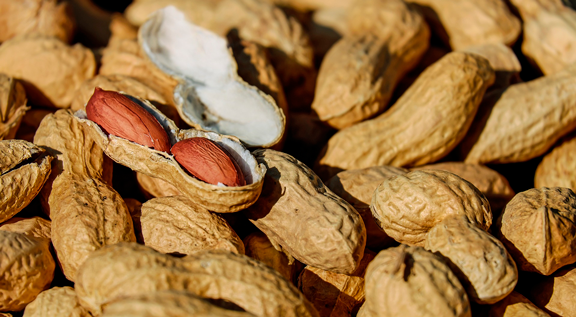
Image: Pixabay
Rains in the interior of São Paulo have affected the peanut harvest, one of the region's main crops. The climate has been unstable in recent months, with periods of drought followed by intense rain, which has harmed plant development and grain quality.
Peanuts are a crop that is very sensitive to climatic conditions, especially in relation to the amount of rain. When rainfall is very intense, plants can suffer from excess water, which can lead to root and fruit rot. Furthermore, excessive humidity also favors the development of fungi and other diseases that can compromise the quality and productivity of the crop.
{module Form RD}
On the other hand, a lack of rain can also be harmful to peanuts, as the plants need water to develop and produce fruit. When there are long periods of drought, plants can become dehydrated and their fruits may be small and malformed.
Given this scenario, peanut producers have faced difficulties in obtaining a quality harvest. Many report that the plants have low productivity and that the grains are smaller and more shriveled than normal. Furthermore, excessive humidity has favored the appearance of pests and diseases, which increases production costs and further reduces the profitability of the crop.
To try to minimize the impacts of rain on the peanut harvest, producers have adopted some strategies, such as using soil cover, controlling pests and diseases and planting in higher, well-drained areas. However, these measures may not be enough to guarantee a satisfactory harvest, especially if the weather remains unstable in the coming months.
In summary, the rains in the interior of São Paulo have negatively affected the peanut harvest, causing losses to producers and reducing the supply of the product on the market. It is important that authorities and agronomy experts study mitigation measures for this problem, in order to guarantee the sustainability and viability of this important crop for the region's economy.

Author: Giovanna Nascimento | Peanut Oil Expert















